Stories Category: Intensive Care

Rapid Sepsis Tests Using Magnetic Nanoparticles
Qun Ren, an Empa researcher, and her team are currently developing a diagnostic procedure that can rapidly detect life-threatening blood poisoning caused by staphylococcus bacteria. Staphylococcal sepsis is fatal in up... read more

TEE Before Cardioversion in Atrial Fibrillation Patients
Transesophageal echocardiography (TEE) offers an invaluable, non-invasive avenue for diagnosing and managing various cardiac conditions, including atrial fibrillation (AF). As the most common cardiac arrhythmia, AF affects... read more
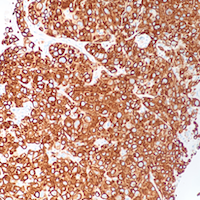
Esophageal Adenocarcinoma Causing Nonbacterial Thrombotic Endocarditis
Nonbacterial thrombotic endocarditis (NBTE) is a rare condition that causes noninfectious vegetative lesions of heart valves. NBTE is generally seen in association with advanced malignancy. The patient in this case is a 54-year-old... read more
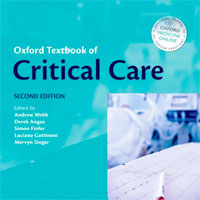
Oxford Textbook of Critical Care
The thoroughly revised 2nd edition of the Oxford Textbook of Critical Care is a comprehensive multi-disciplinary text covering all aspects of adult intensive care management. Uniquely the book takes a problem-orientated approach... read more

Rescue TEE Might Diagnose Cardiac Arrest Faster
A Penn Medicine team is testing whether a new technology that gives live ultrasound images from inside a patient during CPR can help doctors get those answers faster. The device, called Rescue TEE, uses a tiny camera at the... read more
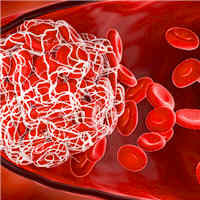
Secondary Bacterial Pneumonia is the Key Factor in COVID-19 Fatalities Not Cytokine Storm
A recent study found that secondary bacterial pneumonia, rather than the much-discussed “cytokine storm,” is a significant factor in COVID-19-related fatalities. Almost half of the patients who required mechanical... read more
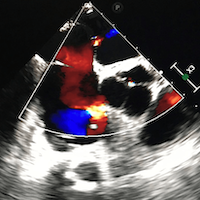
Iatrogenic Hypoxemia and Atrial Septal Defect Due to Electrical Storm Ablation After Left Ventricular Assist Device
Predominant strategies for the management of electrical storm include antiarrhythmic medical therapy, beta-blockers, and catheter ablation. Some studies have demonstrated refractory electrical storm managed with mechanical... read more
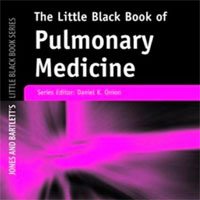
Little Black Book of Pulmonary Medicine
This succinct, bulleted handbook is the ultimate resource for pulmonary and respiratory specialists. Throughout the book, tables and figures summarize important clinical data and current professional society recommendations,... read more
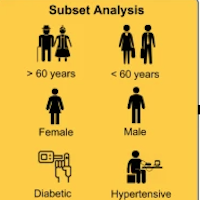
Deep Learning-based Electrocardiographic Screening for Chronic Kidney Disease
Undiagnosed chronic kidney disease (CKD) is a common and usually asymptomatic disorder that causes a high burden of morbidity and early mortality worldwide. We developed a deep learning model for CKD screening from routinely... read more

Prone vs. Supine Position Ventilation in Intubated COVID-19 Patients
Whether prone positioning of patients undergoing mechanical ventilation for COVID-19 pneumonia has benefits over supine positioning is not clear. We conducted a systematic review with meta-analysis to determine whether prone... read more
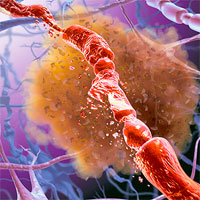
Traumatic Hemorrhage and Chain of Survival
Trauma is the number one cause of death among Americans between the ages of 1 and 46 years, costing more than $670 billion a year. Following death related to central nervous system injury, hemorrhage accounts for the majority... read more
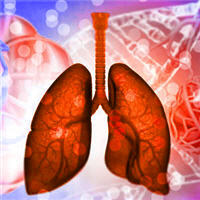
Patients With PAH Face Unique Considerations for Lung Transplantation
Insights from a new paper outline the unique considerations and management approaches for patients with pulmonary arterial hypertension (PAH) undergoing lung transplantation. Currently approved treatment options for Group... read more
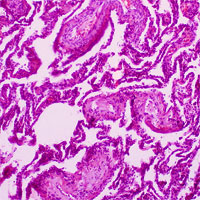
Coronary Sinus Value During CTPA for Predicting Pulmonary Hypertension in Patients with Acute Pulmonary Embolism
The coronary sinus ostium area (CSOA) and coronary sinus ostium diameter (CSOD) demonstrated a good ability to predict PH. However, the CSOA exhibited a better performance for predicting development of PASP >30 mmHg. CSOA... read more
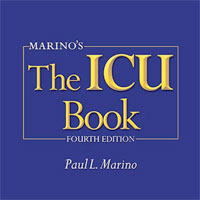
The ICU Book
A fundamental and respected resource book in critical care, The ICU Book, continues to provide the current and practical guidance that have made it the best-selling text in critical care. The text addresses both the medical... read more

Significant Persistent Pain Symptoms After Critical Care Illness
Persistent pain could be a common health problem after critical illness care. Our data also suggest that there is a lack of specific follow-up after ICU discharge. Given the major consequences on patient quality of life,... read more

Diagnostic Accuracy of Point-of-Care Ultrasound for Shock
In this study, the identification of the etiology of shock by Point-of-Care Ultrasound (POCUS) was characterized by high sensitivity and a positive likelihood ratio, especially for obstructive shock. Hence, these findings... read more
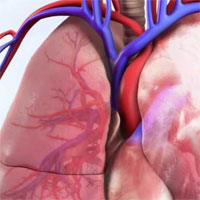
Thrombotic and Bleeding Complications During Antithrombotic Treatment
Remarkable progress has been made in the pharmacological management of patients with cardiovascular disease, including the frequent use of antithrombotic agents. Nonetheless, bleeding complications remain frequent and potentially... read more








